NCN 1 Stage 2 Chatham to London
The Royal Naval Hospital, Greenwich
Ride Overview
After a short ride across the Hoo peninsula, the route described below takes a much nicer path beside the Thames, rather than the ‘official’ route which runs alongside some very busy and noisy main roads. Accompanying you all the way to London is the mighty Thames, England’s most mesmerising river. Once at the UNESCO World Heritage Site of the Royal Naval Hospital, Greenwich, you cross the river via a foot tunnel and make your way through the old West India docks and the forest of skyscrapers to Limehouse. Thereafter, you ride past the fabulous Olympic Park and up the wooded Lee Valley to one of the few camping grounds in London. If camping is not to your liking, there are other hotel options nearby.
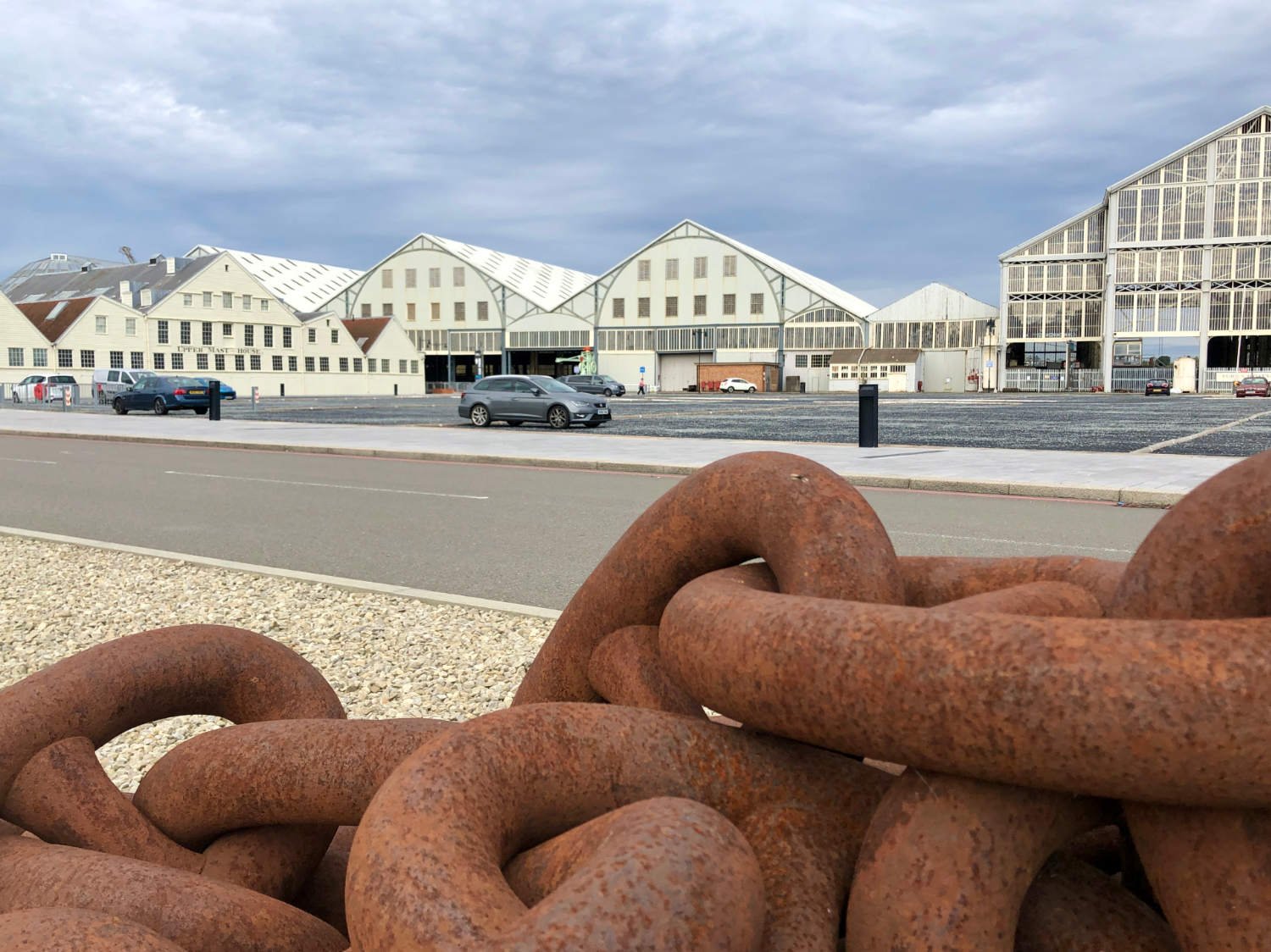
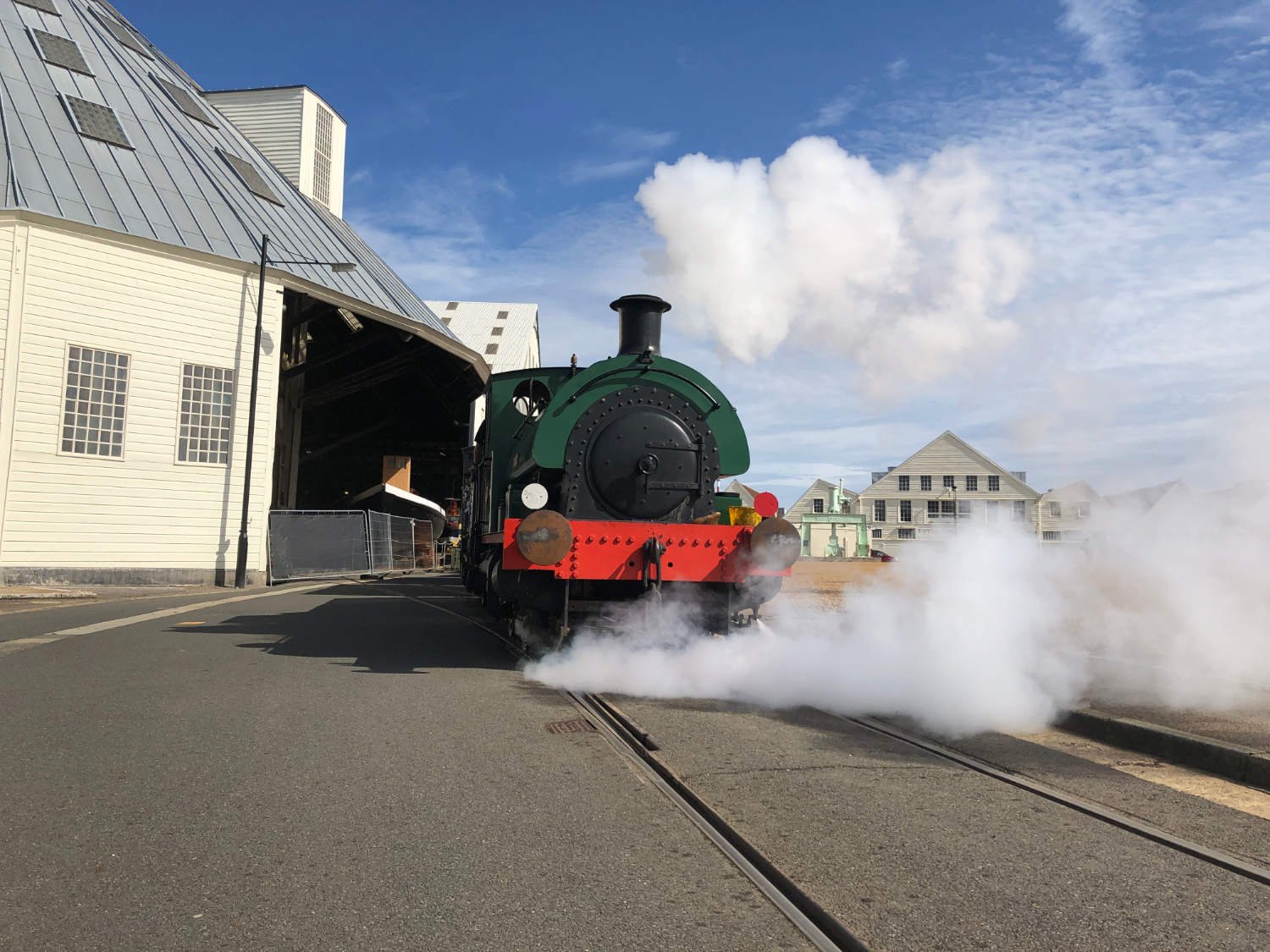
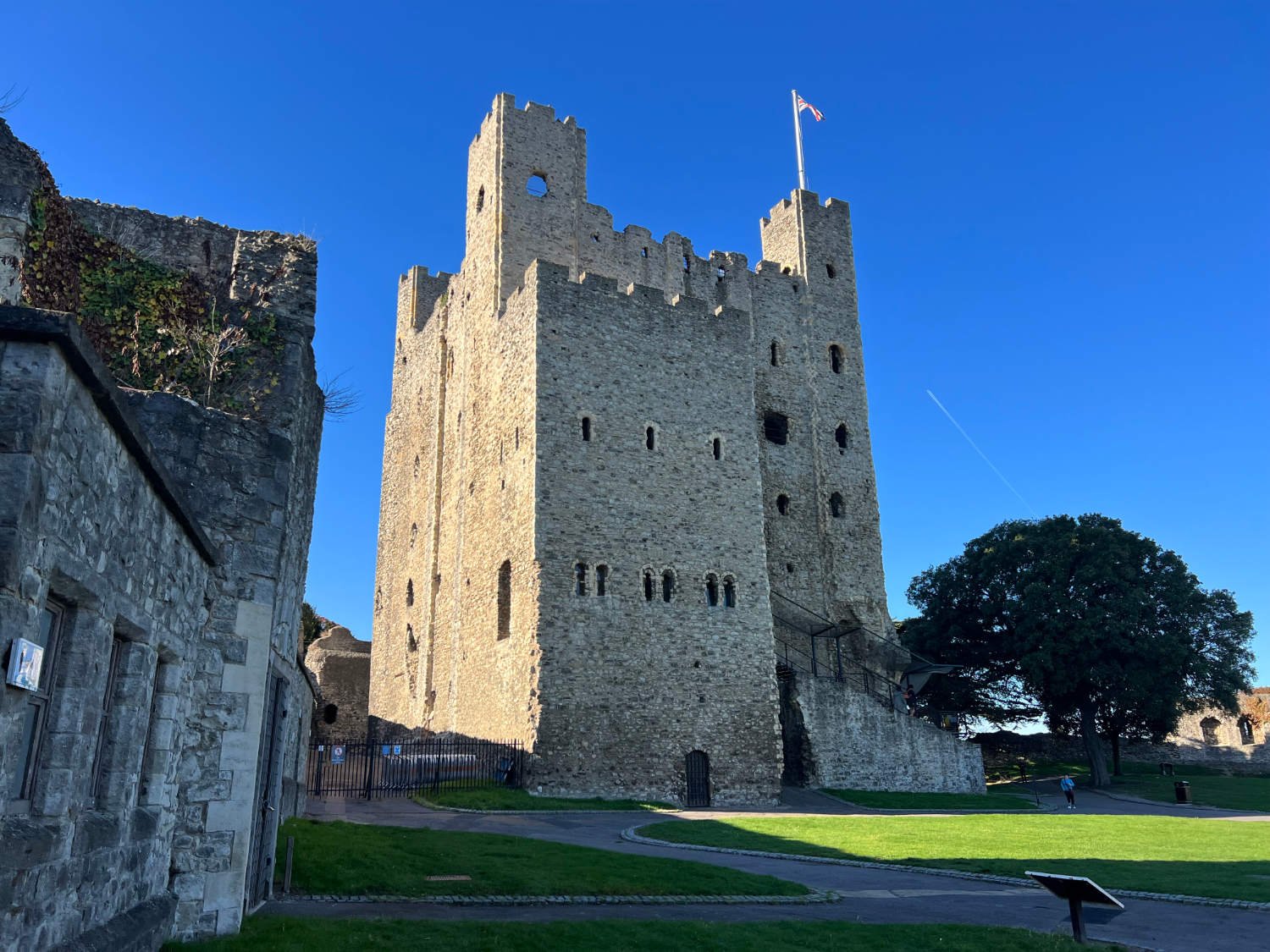

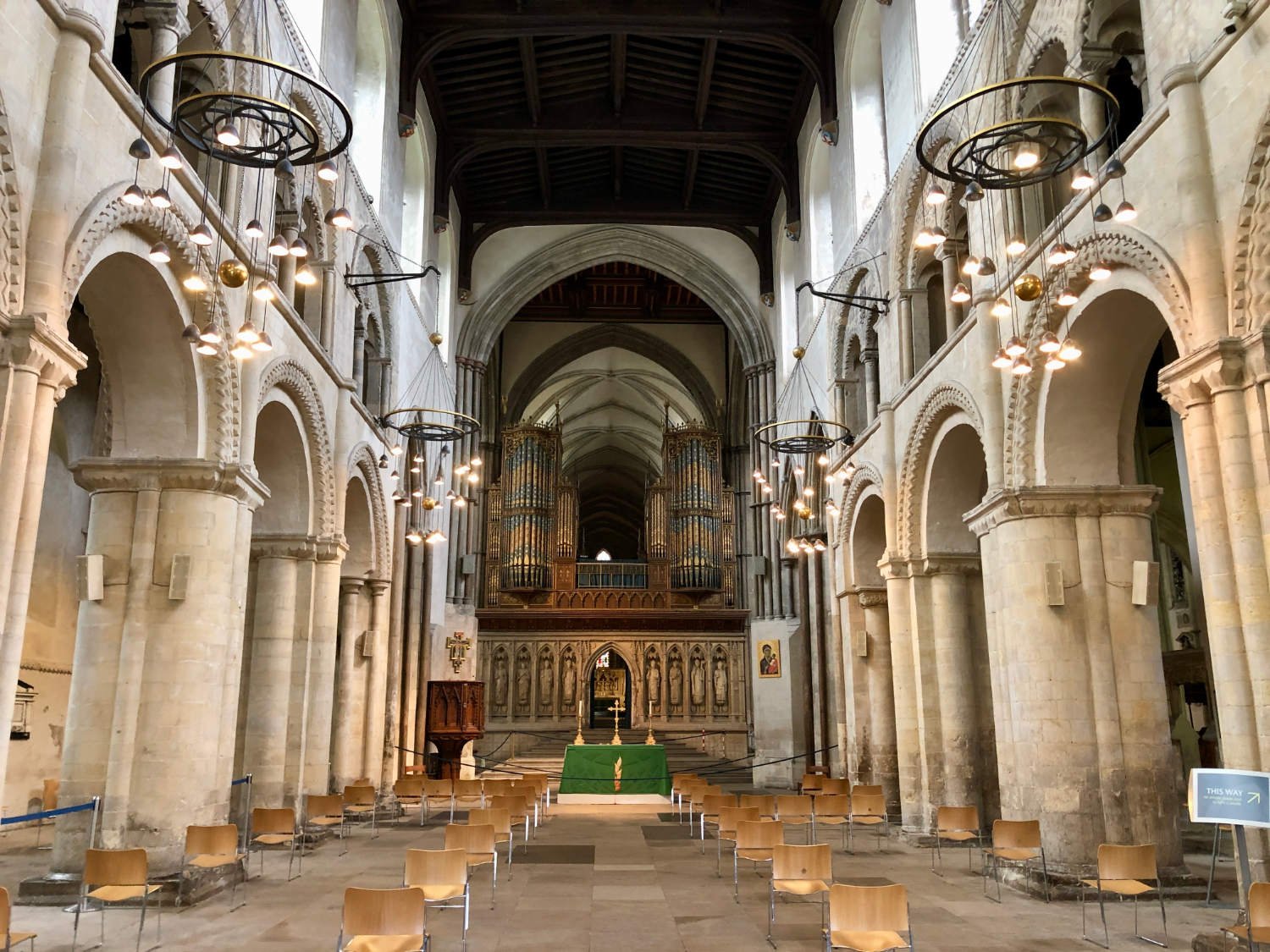


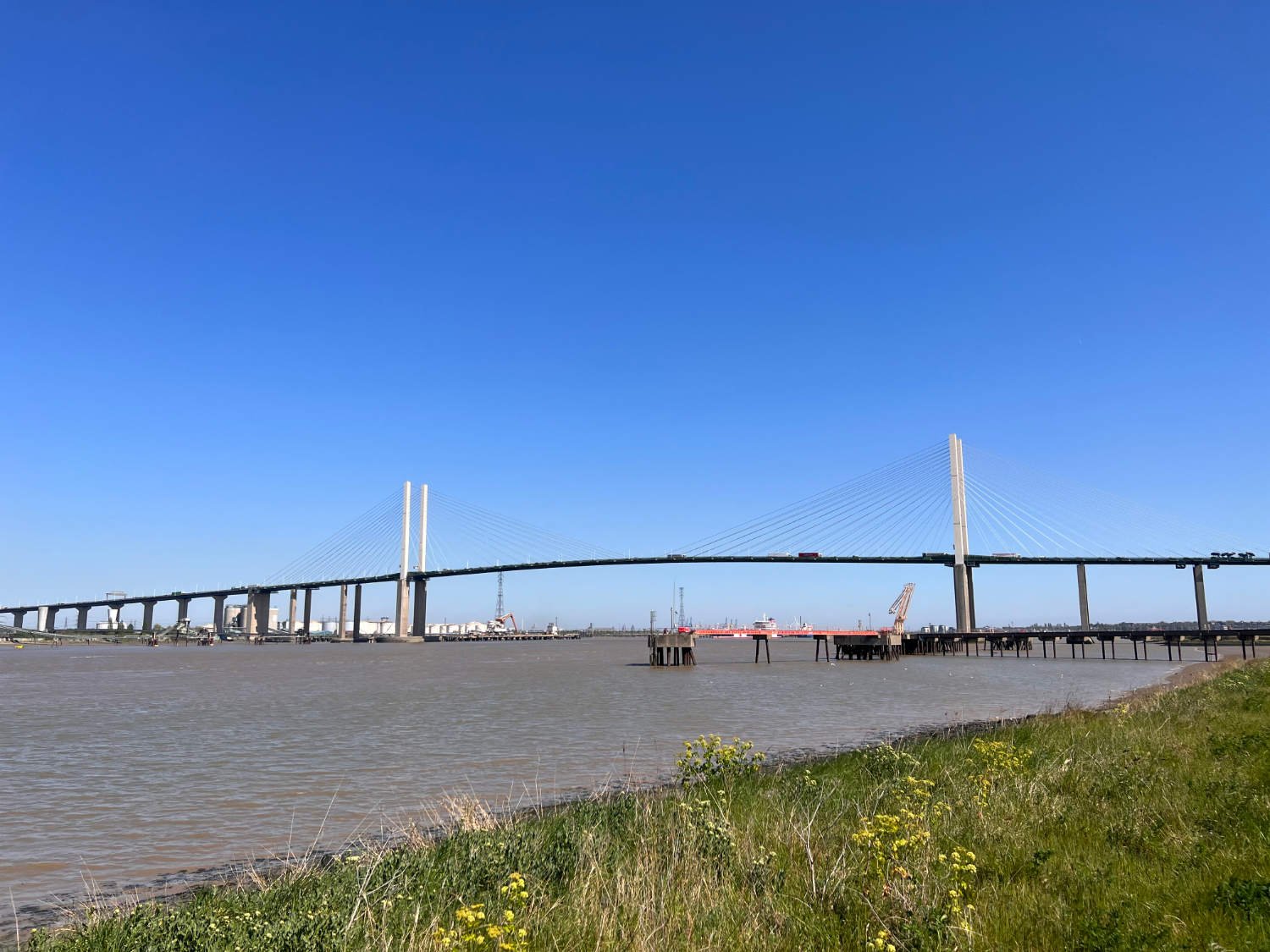








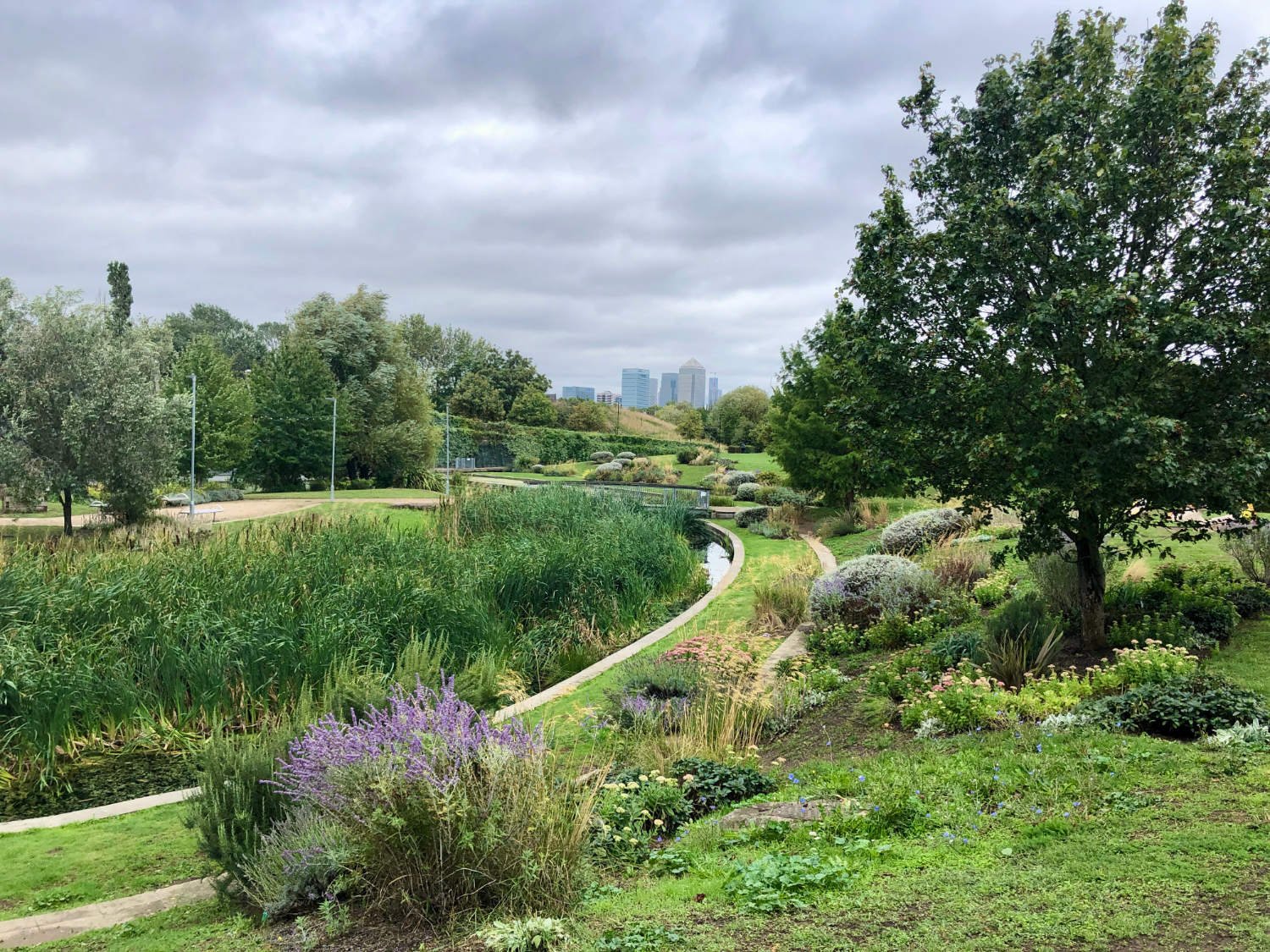

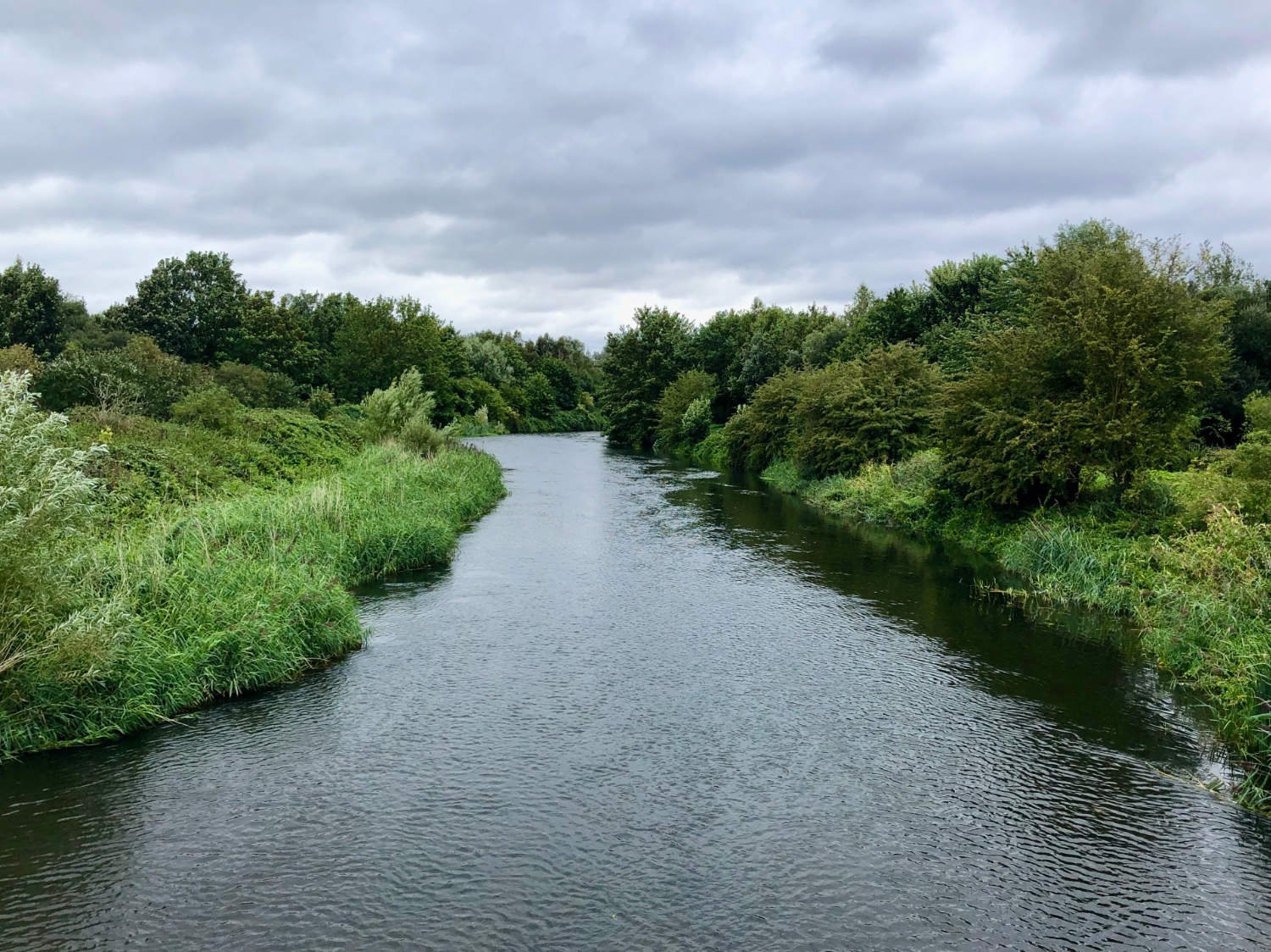
Ride Practicalities
START/FINISH: Chatham docks/Lee Valley Campsite DISTANCE: 118km TOTAL ASCENT: 534m TERRAIN AND SURFACES:The route is almost entirely traffic-free using firm gravel and tarmac’d cycle paths. There are some quiet back roads in Bermondsey where there is very little traffic RECOMMENDED CAFÈS/PUBS: Gravesend; Marie’s Tea Room, Rotherhithe; The WatchTower cafe, The Mayflower, ACCOMMODATION; Rotherhithe; The Finnish Church (beds from £35 per night), Limehouse; The Royal Foundation of St Katherine’s (Cheap accommodation by London standards) CAMPING/CHAMPING; Cooling: St. Mary’s Church, Cooling, Sewardstone; Lee Valley Campsite NEARBY MAINLINE TRAIN SERVICES: Chatham, Gravesend, Waterloo, Charing Cross. There’s a good service of river ferries (bikes go free) from Woolwich into the city. PLACES TO VISIT: Chatahm; Old Royal naval Dockyard, Rochester; Cathedral and Castle, Gravesend, Pocahontas statue, Central London includes; Brunel’s museum, The Shard, The Globe, Westminster Abbey, Tower of London, LINK TO OTHER ROUTES: NCN stage 1, NCN stage 3
Ride notes
Your day might begin at the world’s most complete dockyard from the age of sail, in Chatham, where you may expect to walk around many historical ships, visit the yards, the rope walk, the homes and factories which were connected to the building, repair and supply of the Royal Navy during its mightiest years.
Chatham Dockyard
Once done, it’s a couple of traffic-free pedal turns into Rochester and its flag-draped high street. It’s an exceptional street in that it seems to have avoided the plague of globalised coffee shops and the like. The many cafés are independent and fiercely proud of their local produce. In the city, there’s one of the country’s earliest - and smallest - Norman Cathedral and right beside it is one of the best preserved square keeps in Europe.
From the city, you cross the Medway and ride to Uptown, a photogenic Kentish village also with a castle, and then it’s across the Hoo, a traingle of land which separates the Thames from the Medway. You ride on narrow lanes and one quite rough off-road track, all of which are ‘hedged’ by tall poplars, grown to protect the fruit trees from the winds. It is like riding through a deep, green canyon.
Higham Marshes and the web of cables, beside the Thames and Medway Canal
After Lower Higham, you take a sometimes bumpy cycle path beside the Thames and Medway Canal. It was designed in 1778 as a short cut linking the Woolwich Dockyards on the Thames to Chatham, so avoiding the 74km journey around the peninsula. It was not a commercial success. It leaked, the tolls were expensive and the locks at either end were tide dependent.
Entry into Gravesend is almost comical; gushing broken water mains, open-doored Victorian warehouses stuffed with disused tyres, and the screeching of metal grinders repairing old cars. However, town itself is at the opposite end of the aesthetic spectrum; its high street is one of the most picturesque in the land and its pier is the oldest cast iron pier in the world.
“All estuaries of great rivers have their fascination”
“All estuaries of great rivers have their fascination”, wrote Joseph Conrad and over the next thirty miles or so, you are going to pedal on the world’s finest urban ride. It is almost entirely traffic-free route, initially on a rough gravel track, before a wide asphalt path takes you into the very heart of the city. The first few kilometres are rough and wild under lonesome skies. Ships stacked high with containers thob up and down the river, tides quietly creep across the mudflats on which the waders prod and poke for worms, and horses with shaggy manes graze the rough marshes. As you ride East, clusters of factory chimneys appear, seemingly attached by their umbilical chords of steam to the sky. You’ll hear the clatter of metal, as rivets are hammered into place behind chain linked fences and grab cranes haul ruined cars from one heap to another in recycling yards. The ride is a foragers dream; sea lavender, samphire, sea pulsane. Hedges are berry filled, the waysides full of fennel, London rocket and other herbs. Rough grasslands are full of rare orchids and other rare flowers. Raptors patrol the skies and you watch peregrines swoop from pylons and marsh harriers languidly beat their wings over the reeds.
Crossness - Sir Joseph Bazalgette's 'Victorian masterpiece, 'The Cathedral of Sewage
There’s industry on the banks, factories of sugar and oil, aggregates and petro-chemicals. Faceless modern distribution sheds too. Sewage plays its part, with Bazalgette’s architectural masterpiece at Crossness, known as the ‘Cathedral of Sewage’. There’s picturesque dereliction and decay, including old cement works, and the boarded up Faraday works where the telephones and underwater cables were developed.
Thames Barrier
After the prow-like Thames barrier, the city that you recognise from all the pictures begins to emerge. Although the path is traffic-free, wide and clear, there is so much to stop and wonder at, from the glass towers of the Isle of Dogs to the Wren’s Baroque masterpiece at Greenwich, to Brunel’s under-the-river tunnel, which was said to be the eighth wonder of the world when it opened in 1843.
As you enter the city for real, you pass one from architectural masterpiece after another; the Tate Modern, The Shard, The Globe Theatre, The Houses of Parliament, Westminster Abbey, St. Paul’s Cathedral, The Tower, Tower Bridge. Then there are the docks; St. Katherine’s, London, Tobacco, The East and West Indies, each with their own ‘quiet, black pool’ set amidst the rocky crags of the old warehouses.
The Palace of Westminster
Three kilometres after the Tower, you re-connect with the ‘official’ Route 1, which now heads north beside the canalised River Lee. Canal boats are parked against the banks like the lorries on a motorway when the ferries are on strike. Coal smoke wires from thin metal chimneys, stacks of ‘stuff’ pile up on roofs. It’s gritty, messy and full of life. Radios play, coots argue and boaters are happy to break off from their sanding, painting and oiling to chat about river life.
There’s a campsite - a rarity in a city - at Sewardstone, on the edge of the old Royal Hunting Forest, where you could end your day, or if you were keen to stay a while longer in town, there are any number of places to stay ranging in price from tens of thousands of pounds per night, to religious houses, such as the Finnish Church, where stays are less than £50.
Every route on this website has been carefully researched as well as ridden. However situations on the ground can change quickly. If you know of changes to this route, or cafes, pubs and the like which you think other cyclists need to know about, feel free to share your thoughts below.
If you enjoyed this guide, why not subscribe to the website so as not to miss other inspirational routes?
wheremywheelsgo.uk is a Feedspot UK Cycling top website








